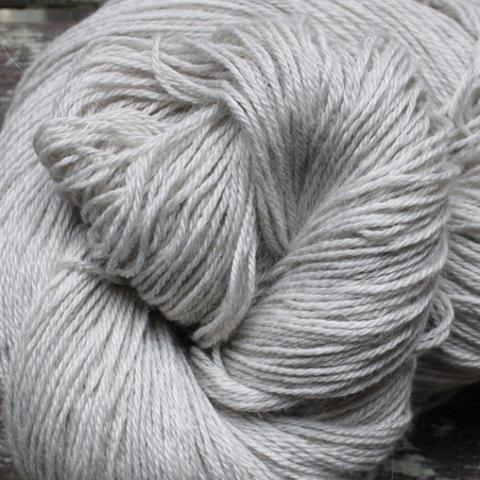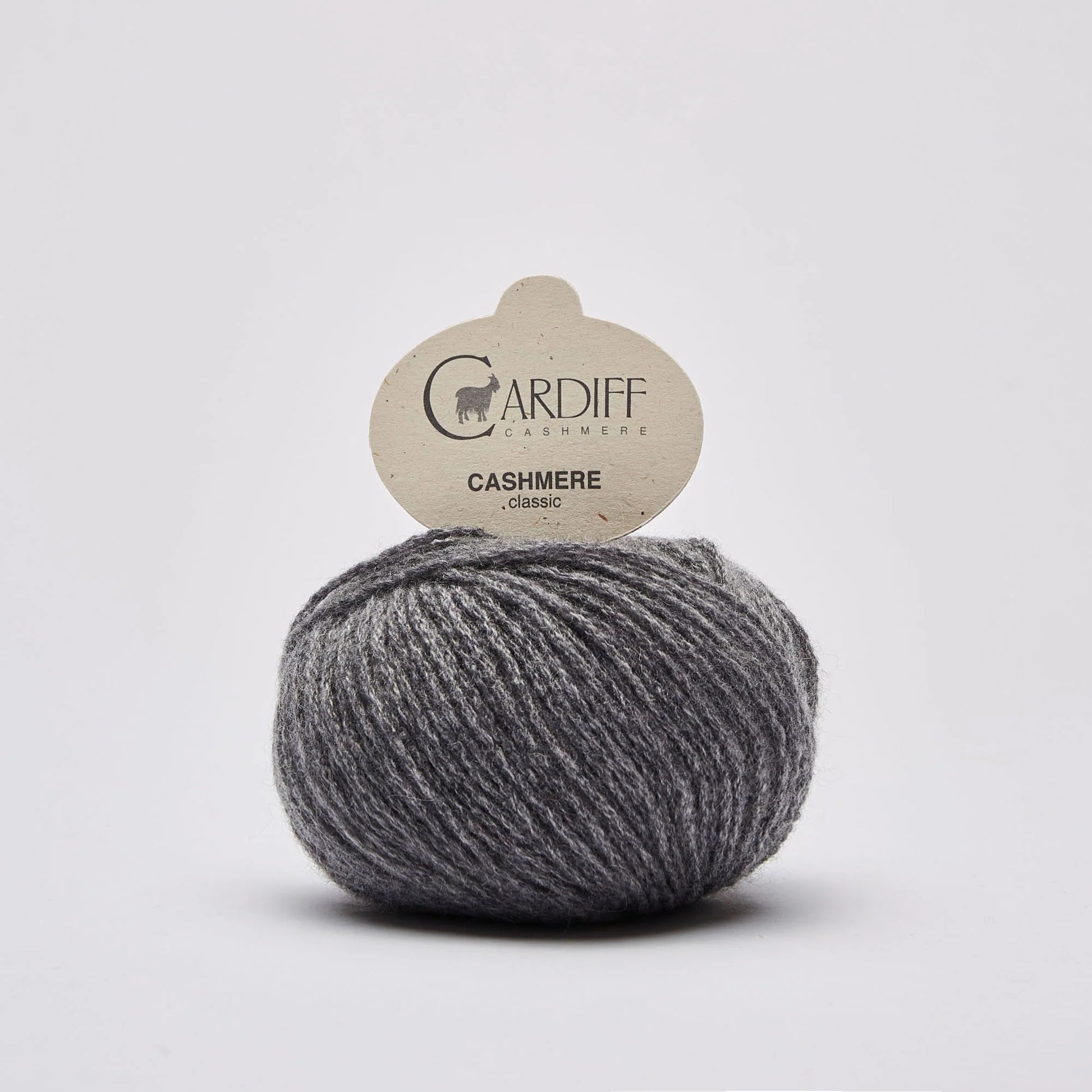What Material Is Cashmere? Understanding Its Distinctive Characteristics and Uses
What Material Is Cashmere? Understanding Its Distinctive Characteristics and Uses
Blog Article
Comprehending the Different Types of Cashmere a Natural Fiber and Their Special Advantages

The Beginnings of Cashmere: A Historic Summary
While the glamorous touch of cashmere proceeds to beauty modern-day consumers, its beginnings map back to the rough, cool climates of Mongolia and the Himalayas. For centuries, the indigenous peoples of these regions have actually been elevating Capra Hircus goats, the prime source of cashmere wool. These goats, resistant against the extreme winters, grew a fine undercoat to endure, which later on became recognized as cashmere.

The Production Process: From Goat to Garment
Shearing a Capra Hircus goat marks the creation of the complex cashmere manufacturing procedure. The resultant raw cashmere is after that cleaned to eliminate pollutants such as vegetable, grease, and dirt issue.
The clean fiber is subjected to coloring, spinning, and weaving, or knitting, to transform it right into a material. Complicated treatments like high quality control checks and completing processes follow, guaranteeing completion item maintains the extravagant criterion anticipated of cashmere. This painstaking process, from goat to garment, justifies the high expense affixed to cashmere items, making them an icon of luxury and refinement.
The Various Kinds Of Cashmere: An In-depth Evaluation

The Special Advantages of Cashmere: Convenience and Sustainability
Moving from the range of cashmere kinds to the benefits they provide, comfort and sustainability stand out plainly. Cashmere, a natural fiber, is renowned for its exceptional softness, supplying a level of convenience that artificial fibers can not match. The product's agility, yet remarkable heat retention, makes it perfect for all seasons. Cashmere's natural elasticity pop over to these guys enables it to return to its initial shape, making it immune to extending or diminishing.
When it concerns sustainability, cashmere is biodegradable and eco-friendly, as it's gathered from cashmere goats who regrow their layers annually. what is cashmere. Unlike synthetic fibers which can take centuries to decompose, cashmere's influence on the environment is minimal. This combination of convenience and sustainability makes cashmere a helpful selection for aware customers

Caring for Your Cashmere: Upkeep and Preservation Tips
While cashmere is certainly a glamorous and lasting choice, it needs specific treatment to preserve its high quality and expand its life expectancy. To start, cashmere ought to be hand cleaned making use of chilly water and a light cleaning agent. Prevent turning or wringing the garment as it can damage the fibers. Instead, carefully capture out excess water and lay it flat on a towel to completely dry. Additionally, cashmere products ought to be kept in a dry and cool area, away from straight sunlight and wetness. Utilizing moth repellents can protect these garments from potential damage. Finally, it's advisable to stay clear of hanging cashmere to avoid stretching. Rather, fold and store them appropriately to keep their form and top quality with time.
Buying Cashmere: Understanding Its Value and Worth
Although cashmere might originally seem like a costly investment, its long-lasting value and click to investigate worth come to be obvious when you consider its amazing high qualities. Known for its unrivaled softness and heat, cashmere is a premium all-natural fiber that surpasses other materials. Investing in cashmere, for that reason, is not simply concerning present fashion fads, however about welcoming a sustainable, resilient, and elegant lifestyle.
Conclusion
In summary, the kind of cashmere one selects, be it Mongolian, Chinese, or Italian, is dictated by specific choices for heat, deluxe, budget, and over here sustainability. The value of cashmere extends past its cost, with convenience and long life including in its worth. Correct treatment and upkeep can ensure its conservation. Understanding the beginnings, production process, and unique advantages of different types of cashmere can lead consumers in their investment in this extravagant natural fiber.
Whether it's the remarkable heat of Mongolian cashmere, the affordability of Chinese cashmere, or the eco-conscious production of Italian cashmere, there's a story to be found behind each fiber type. Cashmere, a natural fiber, is renowned for its exceptional softness, giving a degree of convenience that artificial fibers can't match.When it comes to sustainability, cashmere is biodegradable and renewable, as it's harvested from cashmere goats who regrow their layers yearly. Recognized for its unparalleled soft qualities and warmth, cashmere is a costs all-natural fiber that outperforms other products. Comprehending the beginnings, manufacturing procedure, and special benefits of different kinds of cashmere can guide consumers in their investment in this luxurious natural fiber.
Report this page